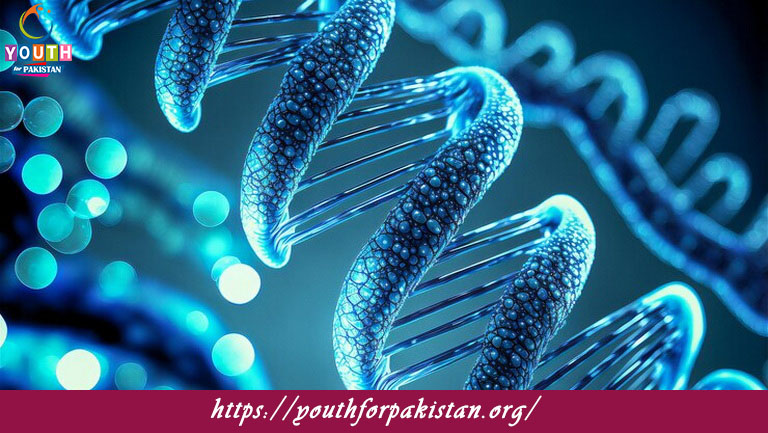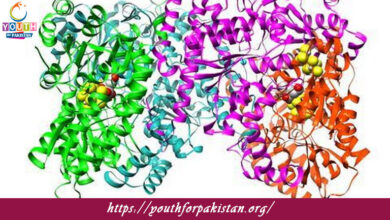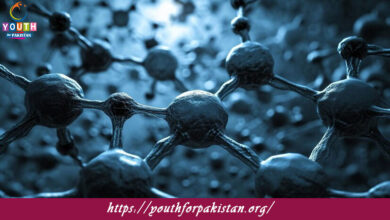Welcome to the Enzymes MCQs with Answers, it helps learners quickly identify areas for improvement in Enzymes Online Test.
| Enzymes are biological catalysts essential for facilitating biochemical reactions in living organisms. These proteins accelerate chemical reactions by lowering the activation energy required for processes such as metabolism, digestion, and synthesis of biomolecules like proteins and nucleic acids. Enzymes are highly specific, each designed to interact with particular substrates and catalyze specific reactions.
To understand enzymes thoroughly, engaging with MCQs on enzymes is crucial. These multiple choice questions cover various aspects, from enzyme structure and function to enzyme kinetics, regulation, and inhibition. Enzymes quiz questions typically test knowledge on enzyme classification, factors affecting enzyme activity (such as pH and temperature), enzyme-substrate interactions, and the application of enzymes in biotechnology and medicine. |
Enzymes Online Quiz
By presenting 3 options to choose from, Enzymes Quiz which cover a wide range of topics and levels of difficulty, making them adaptable to various learning objectives and preferences. You will have to read all the given answers of Enzymes Questions and Answers and click over the correct answer.
- Test Name: Enzymes MCQ Quiz Practice
- Type: Quiz Test
- Total Questions: 40
- Total Marks: 40
- Time: 40 minutes
Note: Answer of the questions will change randomly each time you start the test. Practice each quiz test at least 3 times if you want to secure High Marks. Once you are finished, click the View Results button. If any answer looks wrong to you in Quiz, simply click on question and comment below that question, so that we can update the answer in the quiz section.
Download Certificate of Enzymes Test
On the end of Quiz, you can download the certificate of the quiz if you got more than 70% marks.
Enzymes Flashcards

What do enzymes do in biological reactions?
Speed up the reaction rate

Which of the following is NOT a characteristic of enzymes?
Alter the equilibrium of a reaction

What is the region of the enzyme where the substrate binds called?

What is the term for the molecule on which an enzyme acts?

Enzymes lower the __________ of a chemical reaction.

What is the role of cofactors in enzyme function?

Which of the following is a cofactor derived from a vitamin?

Enzymes are sensitive to changes in which environmental factor?

What is the term for the process where extreme pH or temperature changes cause an enzyme to lose its shape and function?

Which of the following is NOT a type of enzyme inhibition?

In competitive inhibition, the inhibitor __________.

What is the effect of noncompetitive inhibition on enzyme activity?
Decreases enzyme activity

Which of the following is NOT a way to regulate enzyme activity?
Change in substrate concentration

What is the function of allosteric regulation?

What is the term for the regulation of enzyme activity by binding an effector molecule to a site other than the active site?

Which of the following is an example of an allosteric enzyme?

What is the role of feedback inhibition in metabolic pathways?
Regulate the pathway by inhibiting an enzyme

Which of the following is NOT a factor that can affect enzyme activity?

What is the optimum pH for most enzymes in the human body?

What is the effect of increasing substrate concentration on enzyme activity?
Increases enzyme activity until saturation is reached

What is the term for the maximum rate of an enzyme-catalyzed reaction?

Which of the following represents the Michaelis-Menten equation?
V=Vmax⋅[S]Km+[S]V = frac{{V_{max} cdot [S]}}{{K_m + [S]}}V=Km+[S]Vmax⋅[S]

What does Km represent in enzyme kinetics?
Substrate concentration at half the maximum velocity

Which of the following factors affect enzyme kinetics?
Substrate concentration, enzyme concentration, temperature, and pH

What is the term for enzymes that require a non-protein component for activity?

What is the function of coenzymes in enzyme-catalyzed reactions?
Assist enzyme activity by carrying chemical groups

Which of the following is a fat-soluble vitamin that serves as a precursor for coenzymes?

Which of the following is NOT a classification of enzymes based on the reaction they catalyze?

What is the function of hydrolases?
Catalyze hydrolysis reactions

Which of the following is an example of a hydrolase enzyme?

What is the function of isomerases?
Catalyze the rearrangement of atoms within a molecule

Which of the following is an example of an isomerase enzyme?
Triose phosphate isomerase

What is the function of ligases?
Catalyze the joining of two molecules

Which of the following is an example of a ligase enzyme?

What is the function of ligases?
Catalyze the joining of two molecules

Which of the following is an example of a ligase enzyme?

What is the function of oxidoreductases?
Catalyze oxidation-reduction reactions

Which of the following is an example of an oxidoreductase enzyme?

What is the function of transferases?
Catalyze the transfer of functional groups between molecules
If you are interested to enhance your knowledge regarding Physics, Computer, and Biology please click on the link of each category, you will be redirected to dedicated website for each category.






